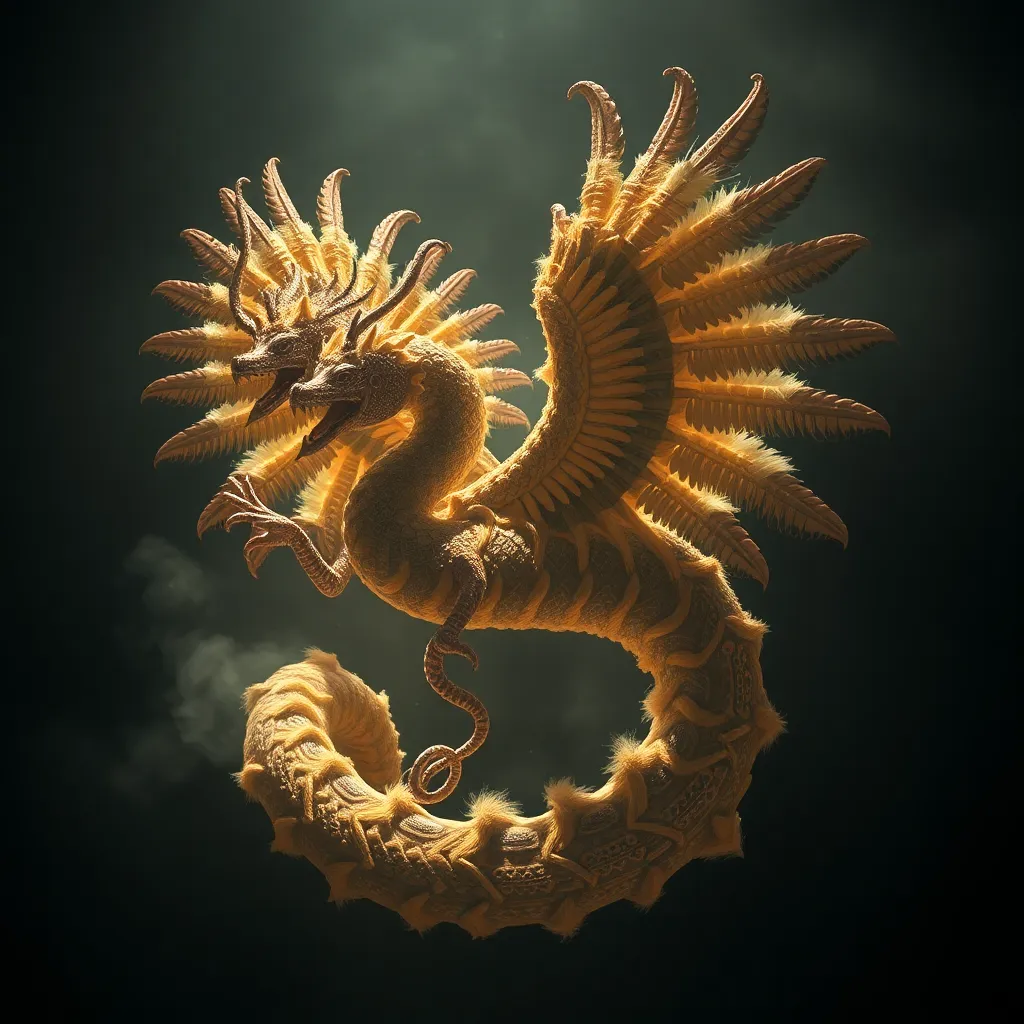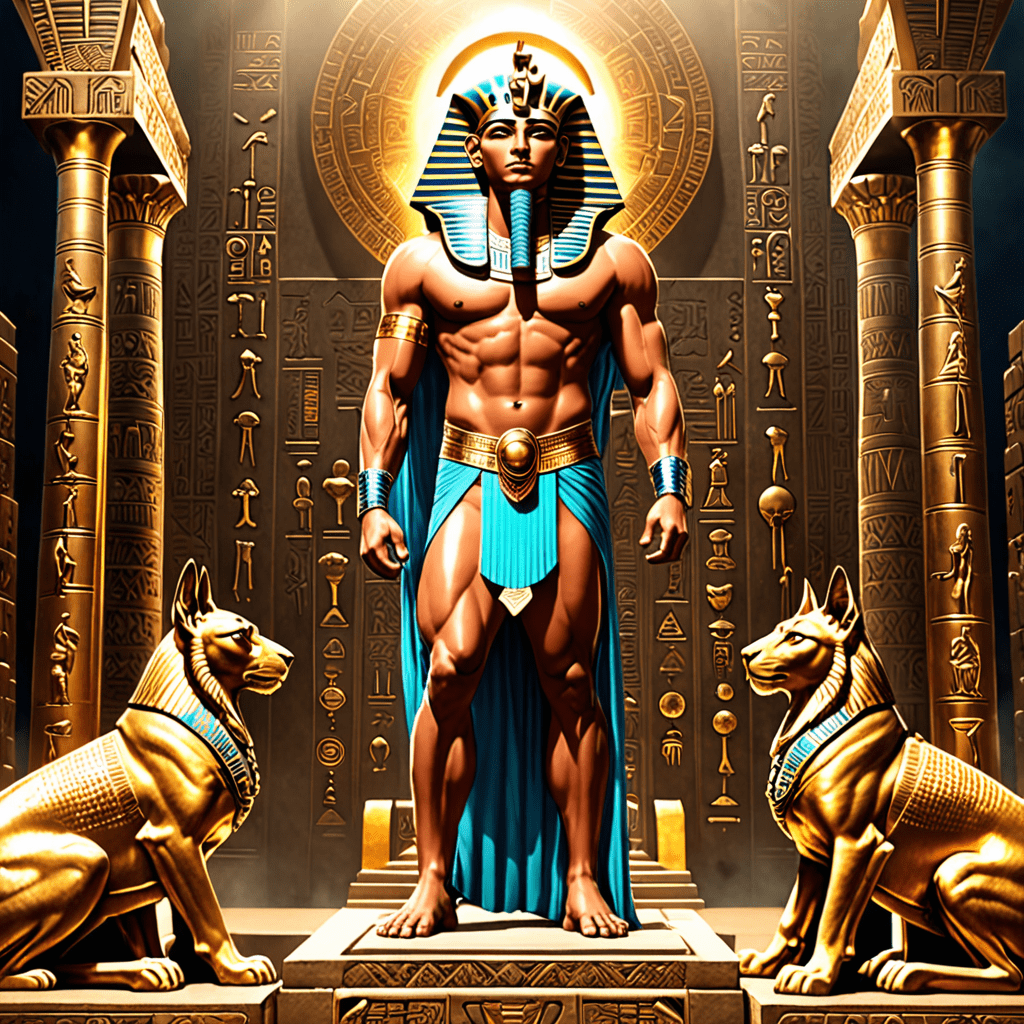Quetzalcoatl and the Sacred Dance: The Feathered Serpent as a Figure of Ritual Performance
I. Introduction
Quetzalcoatl, one of the most revered deities in Mesoamerican mythology, is often depicted as a Feathered Serpent. This complex figure embodies various aspects of life, including wind, wisdom, and the arts. His significance transcends mere mythology; he represents a rich tapestry of beliefs that underpinned the social and cultural dynamics of ancient civilizations.
Ritual performance played a central role in the spiritual lives of these ancient cultures, serving as a bridge between the earthly and the divine. Through dance, music, and other forms of expression, communities sought to honor their gods, seek favor, and ensure harmony. This article aims to explore the intricate relationship between Quetzalcoatl and the sacred dance, illustrating how this deity was honored through ritual performance and how such practices continue to resonate in contemporary culture.
II. Historical Context of Quetzalcoatl
A. Origins and development of the Feathered Serpent myth
The origins of Quetzalcoatl date back to the early Mesoamerican civilizations, with roots traceable to the Olmecs around 1200 BCE. The character evolved over centuries, absorbing influences from various cultures, including the Toltecs and Aztecs, who further shaped his mythos. The Feathered Serpent symbolized a duality of earth and sky, embodying both the terrestrial and the celestial.
B. Quetzalcoatl in various Mesoamerican cultures (Aztec, Toltec, Maya)
Quetzalcoatl’s significance varied across different cultures:
- Aztec: Revered as the god of wind and knowledge, he was also associated with the planet Venus.
- Toltec: Seen as a cultural hero and a bringer of civilization, he was often depicted in art and architecture.
- Maya: Known as Kukulkan, he represented a similar duality and was integral to their cosmology.
C. Symbolism associated with Quetzalcoatl
Quetzalcoatl embodies numerous symbolic elements:
- Creation: He is often linked to the creation of humanity and the spread of agricultural practices.
- Wisdom: Represents knowledge and enlightenment, guiding humanity towards a higher understanding.
- Life and Death: His myth encompasses themes of rebirth and transformation, mirroring the cycles of nature.
III. The Role of Dance in Mesoamerican Rituals
A. Significance of dance in indigenous spirituality
In Mesoamerican cultures, dance is more than mere entertainment; it is a spiritual practice that connects individuals to the divine. Dance acts as a medium for communication, allowing participants to express reverence and invoke the presence of deities.
B. Types of dances and their purposes
Various dances served distinct purposes within these cultures:
- Ritual Dances: Performed during religious ceremonies to honor gods and seek blessings.
- Harvest Dances: Celebrated the agricultural cycle, thanking the gods for bountiful crops.
- War Dances: Used to prepare warriors for battle, invoking strength and courage.
C. Ritual elements intertwined with dance performances
Ritual dances were often accompanied by music, costumes, and offerings, creating a holistic experience that engaged all senses. Drumming, singing, and the use of specific symbols enhanced the spiritual atmosphere, making the performance a sacred act.
IV. Quetzalcoatl’s Connection to Sacred Dance
A. Depictions of Quetzalcoatl in dance and art
Quetzalcoatl is frequently depicted in various forms of art, including murals, sculptures, and codices, often illustrating scenes of dance. These artistic representations convey the significance of dance in rituals honoring the Feathered Serpent, highlighting the fluidity and grace associated with such performances.
B. Rituals honoring Quetzalcoatl through performance
Communities held elaborate ceremonies to honor Quetzalcoatl, where dance played a pivotal role. Participants would don elaborate costumes adorned with feathers and other symbols, embodying the essence of the Feathered Serpent during these sacred events.
C. Transformation and cosmic significance of the Feathered Serpent in dance
Through dance, participants believed they could channel the energy of Quetzalcoatl, transforming themselves in the process. This transformation was viewed as a cosmic dance, linking the dancers to the universe and the cycles of life, death, and rebirth.
V. The Sacred Dance as a Medium of Communication
A. Dance as a language of the divine
In Mesoamerican spirituality, dance serves as a powerful language that conveys complex ideas and emotions. It allows participants to communicate with the divine, expressing devotion, gratitude, and requests for intervention.
B. Interaction between dancers, deities, and the community
During performances, dancers engage in a dynamic interaction with deities, often believed to be present in the sacred space. This connection fosters a sense of community, as all present share in the experience of the divine.
C. The role of dance in conveying myths and stories
Dance serves as a narrative medium, bringing to life the myths and stories of Quetzalcoatl and other deities. Through movement, dancers recount tales of creation, heroism, and moral lessons, preserving cultural heritage for future generations.
VI. Contemporary Interpretations and Revivals
A. Modern representations of Quetzalcoatl and sacred dance
Today, Quetzalcoatl continues to inspire artists, dancers, and performers. Contemporary interpretations often blend traditional elements with modern aesthetics, creating a vibrant dialogue between the past and present.
B. Cultural significance in today’s indigenous communities
For many indigenous communities, the revival of sacred dance practices is vital for cultural identity. These performances not only honor ancestors and traditions but also empower communities to reclaim their heritage.
C. How contemporary performances honor ancient traditions
Modern dancers often draw on ancient techniques and stories, ensuring that the essence of sacred dance endures. These performances serve as a bridge, connecting the wisdom of the past with contemporary expressions of spirituality.
VII. Challenges to Preservation of Ritual Dance
A. Impact of colonization and globalization
Colonization and globalization have significantly impacted indigenous cultures, often leading to the suppression of traditional practices. Many sacred dances faced decline as external influences reshaped cultural landscapes.
B. Loss of traditional knowledge and practice
The erosion of traditional knowledge continues to threaten the preservation of sacred dance. As elders pass away without having passed on their knowledge, unique rituals and practices risk being lost forever.
C. Efforts to revitalize and sustain sacred dance traditions
In response to these challenges, many communities are actively working to revitalize sacred dance traditions. Efforts include:
- Workshops and training programs for younger generations.
- Collaboration with cultural organizations to promote awareness.
- Integration of traditional dance into community events and celebrations.
VIII. Conclusion
Quetzalcoatl’s significance in ritual performance highlights the enduring connection between culture, spirituality, and the arts. Sacred dance remains a vital expression of cultural identity, serving as a medium through which communities honor their past and navigate their present.
As we appreciate the beauty and depth of these traditions, it is essential to support efforts aimed at preserving sacred practices, ensuring that they continue to inspire and enlighten future generations.


